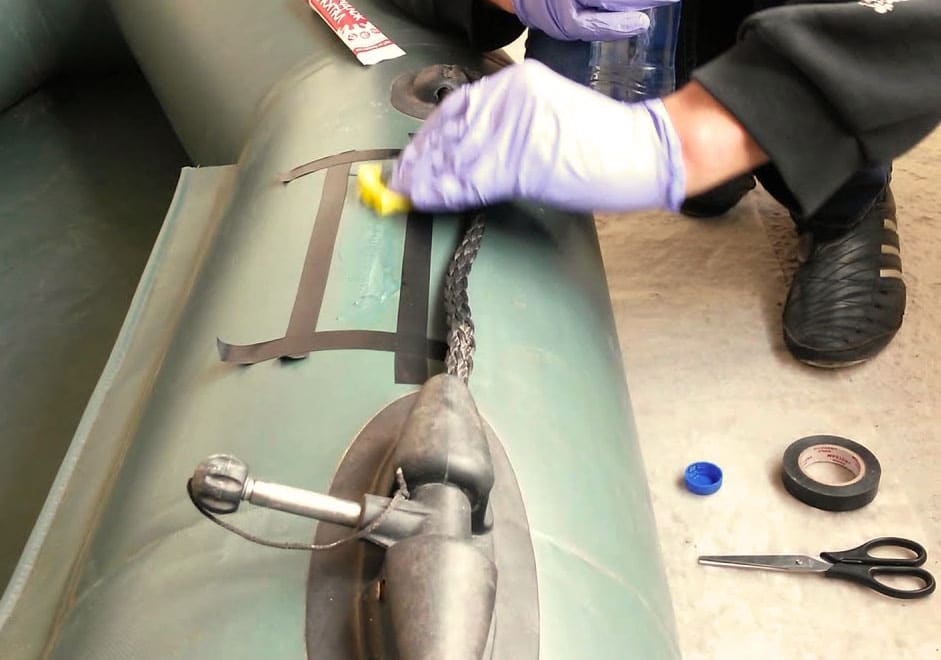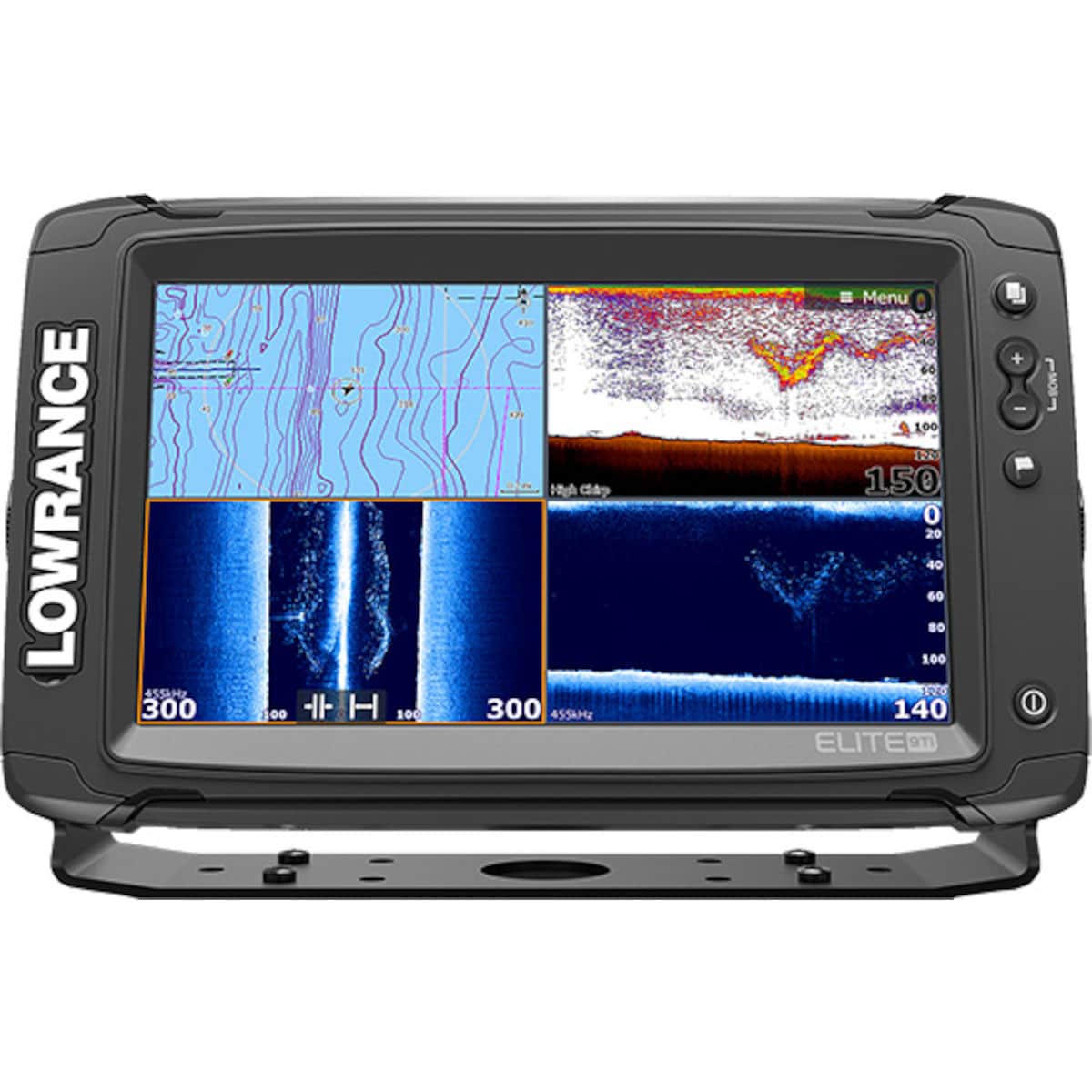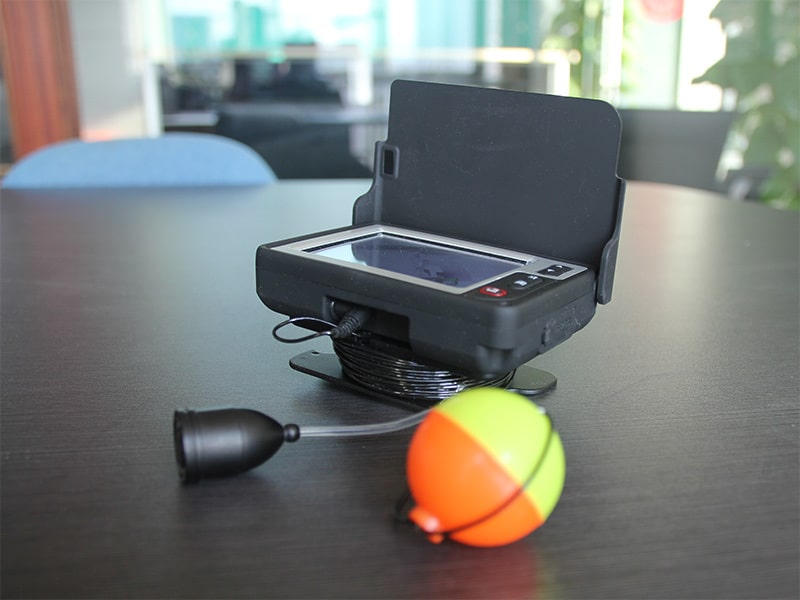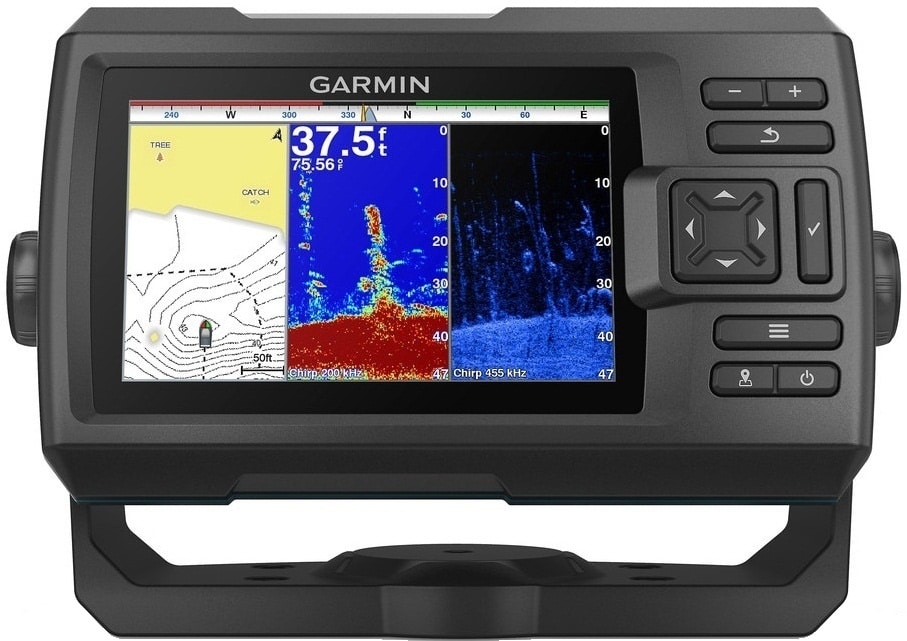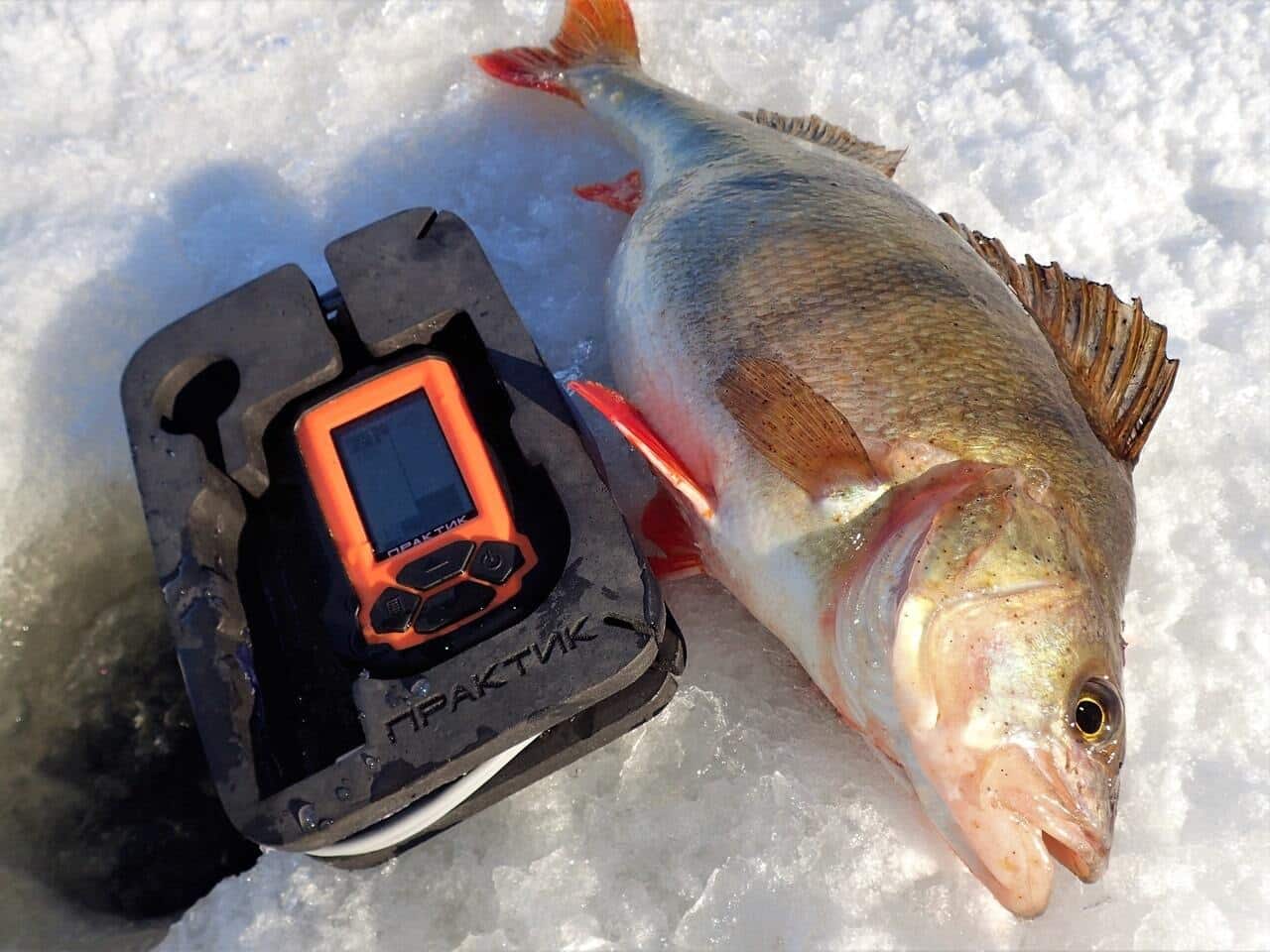PVC boats are very popular with anglers. Compact floating craft is convenient enough to store, and their cost is acceptable for most fishermen. The only drawback of PVC boats is the low level of strength of the material. However, with a little effort, you can independently repair the boat.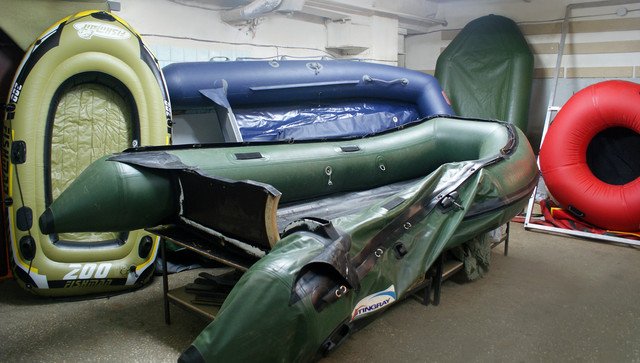
- When you may need to repair a PVC boat
- The first task is to determine the type of damage
- Repair tools and materials
- How to glue a PVC boat firmly and reliably – repairing cuts and punctures without a patch and liquid patch
- Repair and prevention of seams
- Valve repair
- Repair of oarlocks
- Repair of the bottom of a PVC boat
- Repair and strengthening of cylinder septum
- Slan repair
- Transom repair
- Repair of other units
- How to Reinforce PVC Boat Bottom
- Pump repair
- Prevention of breakdowns, breakdowns and scuffs
- Is it possible to make repairs on the shore
- Forum on the topic
- Поделиться ссылкой:
When you may need to repair a PVC boat
PVC boat is easy to damage. Often, fishing enthusiasts find a cut in the bottom of a watercraft, burn-throughs or rupture of a cylinder seam, which occurs against the background of overheating of the boat in the sun. Repair is necessary in cases when:
- the boat lowers;
- begins to poison the valve on the boat;
- lowers the keelson;
- seams diverge;
- the bottom of the PVC boat was punched;
- air bubbles and cracks form on the pump, etc.
Whatever the problem, don’t despair. A PVC boat can almost always be repaired by hand or in special service centers.
The first task is to determine the type of damage
Before proceeding with the repair of the watercraft, it is worth determining the type of damage. Most often, PVC boats are found:
- Punctures . Often, while fishing in shallow and tightly-tied areas of the reservoir, the boat stumbles upon sticks sticking out. Also, due to negligence, burns through the material occur with cigarette butts from tobacco products, or bouncing embers of a fire.
- Cuts that are less than 6 cm in length . You can fix them yourself using a repair kit.
- Cuts longer than 6 cm . Often, at the bottom of reservoirs, you can find metal rods, fittings. On the shore, such cuts will be difficult to repair.

- Damage to the units of the floating craft . Against the background of prolonged operation of the boat, valve, keel, bottom, transom breakdowns often occur.
By adhering to the step-by-step guide, you can fix almost any breakdown at home, or even in the field.
Repair tools and materials
Fishing shops sell special kits designed for repairing PVC boats. However, a similar set can be assembled on your own. To do this, you will need to purchase:
- large and small patches;
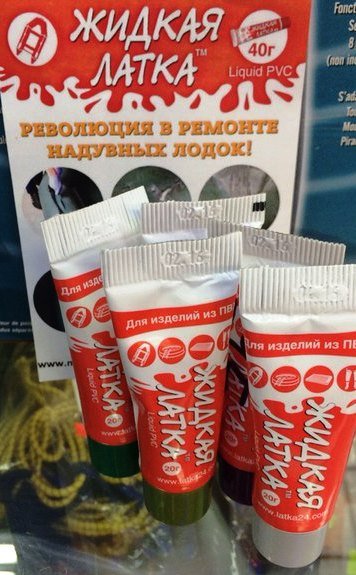
- special glue;

- scissors / knife;
- wipes for wiping the surface;
- hairdryer;
- strong threads;
- acetone.
When choosing an adhesive, you should give preference to products of the Demoskol, PENOSIL and KERNIL trademarks, which are distinguished by reliable fixation and tightness. Tools and materials for repair are selected depending on the degree of damage to the boat.
How to glue a PVC boat firmly and reliably – repairing cuts and punctures without a patch and liquid patch
If a large ragged hole or a serious cut is found on the boat, it is worth sealing the hole with a patch. Step-by-step process
- First, 2 patches of a suitable size are cut out.
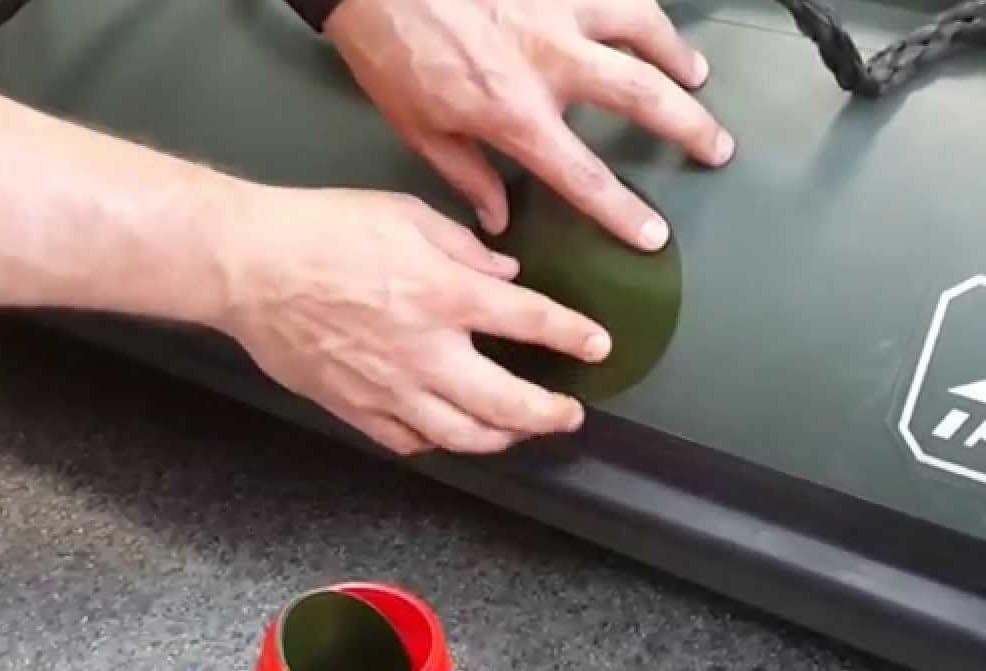
- The surface of the watercraft, which needs repair, is degreased.
- Glue is applied to the patch and to the damaged area of the boat.
- The patch is glued to the boat and leveled, heating the surface to 55 ° C with a construction hairdryer. If repairs are being carried out onshore, a metal mug filled with hot tea / water can be attached to the patch.
- When the glue dries, it is worth applying a second patch on the outer patch in the same way, the size of which should be 3 cm larger than the first.
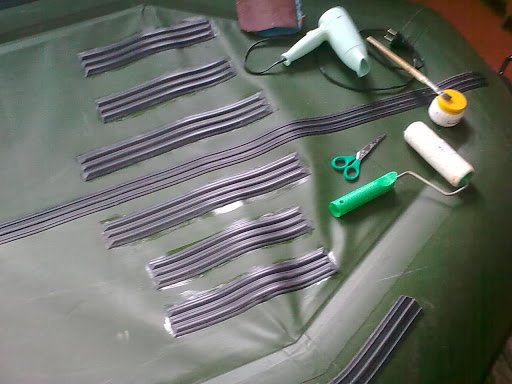
Note! To eliminate cuts on the bottom of the boat, you must first sew up the surface with strong threads. Then the cuts are glued together and the patches are placed on both sides.
To repair punctures on the boat, the fisherman will need a piece of cloth of a suitable size and scissors / knife. The length of the patch should be 2 cm longer than the length of the puncture. The surface of the craft is cleaned and degreased with a cloth soaked in acetone. The glue is applied to a piece of tissue and to the puncture area. The patch is glued and the damaged area is heated with a construction hairdryer up to 60 ° C. If repairs are carried out onshore, a lighter can be used.
Advice! The boat must be left to dry for 24 hours.
DIY PVC boat repair: how to glue a breakdown with a liquid patch, glue a patch – video master class: https://youtu.be/AiWGh8zkXms
Repair and prevention of seams
If the seams on the boat are not tight enough and there is a slight air leak, a reinforcing preventive layer can be applied over them. The use of a liquid patch increases the strength of the structure and prevents further expansion of the holes in the seam area of the boat. Step-by-step process on how to glue a PVC boat along the seam:
- The cylinders are cleaned and washed using a soap solution. When removing dirt, it is necessary to check exactly where air bubbles will appear on the seams.
- On the found places of damage to the seam, they put down marks with a ballpoint pen. The surface of the seams is wiped and dried.
- After finishing the final cleaning, the surface is degreased. In the process, use a solvent and rags.
- The seams and the balloon of the watercraft are carefully wiped.
- The liquid patch is applied in a thick layer and wait about 20-25 minutes for the solvent to evaporate and the layer becomes thin.
- The procedure for applying a liquid patch is repeated several times with a pause within 20 minutes. The liquid patch should not only overlap the seam, but also protrude outward by 2-2.5 cm, while exiting directly onto the PVC balloon.
- The boat is left for a day until the liquid patch is completely dry.
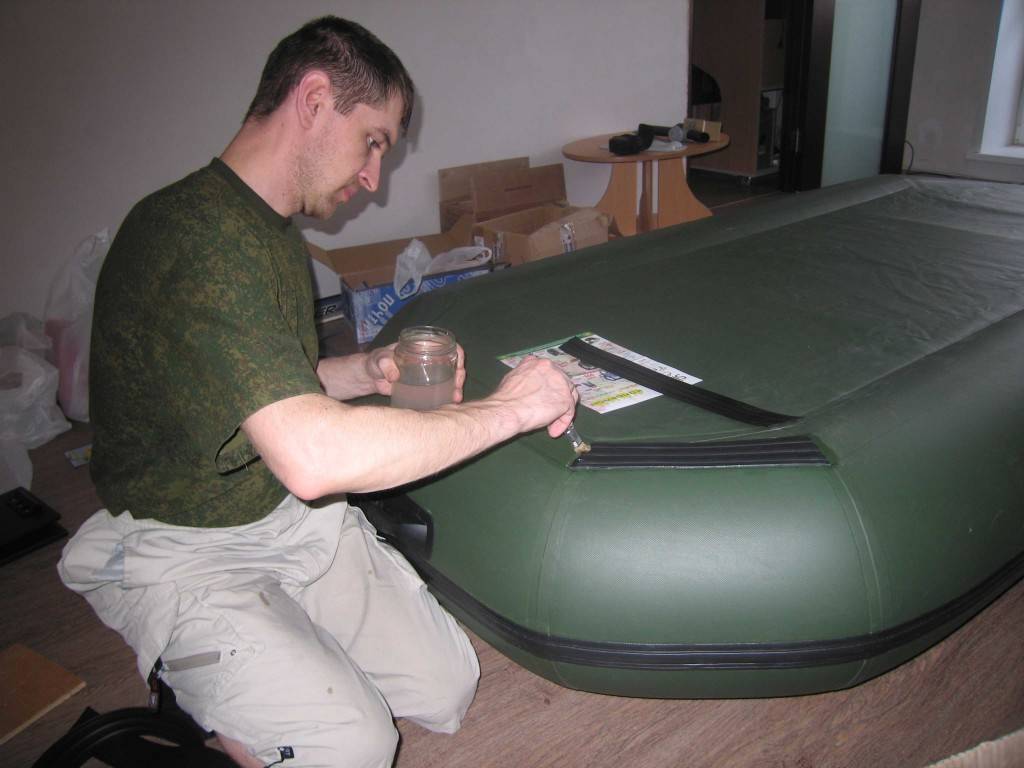
Advice! If the seams are in hard-to-reach places and there is no way to clean them properly, it is better to refuse to repair with a liquid patch.
In cases where the seam of the watercraft is damaged and an air leak is detected, it is worthwhile to immediately start repairs. Step-by-step seam repair process
- On the found places of damage to the seam, they put down marks with a ballpoint pen.
- The old seam is taken apart. To do this, the old connections are heated with a hairdryer. The damaged elements are disconnected as wide as possible.
- Remove dirt and old glue with a thinner and rags.
- A couple of layers of new glue are applied to the cleaned and well-dried area.
- The boat is left for a day.
- When the glue is completely dry, the elements of the cylinders are connected and heated with a hairdryer for thermal activation.
- One PVC sheet is pressed and rolled onto the other.
To prevent the adhesive from getting outside the bonding area, it is worth using masking tape.
Repair of PVC boat seams – elimination of air leakage at the point of seam divergence: https://youtu.be/d20mMmGpSpk
Valve repair
In cases where the valve begins to leak air, anglers replace it. Before getting started, you should take care of purchasing:
- acetone;
- soap;
- PVC gaskets;
- valve kit;
- two-component polyurethane glue and a brush that you need to apply it.
You will also need a hair dryer and a wrench to work on replacing the valve.
Note! It is not recommended to pry the movable part of the valve with a screwdriver. Doing so will damage the threads on the glass.
Step by step process
- First of all, the air is deflated from the boat.
- After that, the glass (valve base) is groped and fixed in the palm of your hand.
- The key is installed in the base and carefully turned counterclockwise.
- To remove the glass, you will need to make a couple of cuts in the support ring (no more than 1 cm). To peel off the glass, you need to heat this area with a hairdryer.
- The old flange (glass) is carefully removed, and the new one is pushed into the cylinder and pushed aside.
- Two-component polyurethane glue is prepared according to the instructions and the resulting composition is applied to the patch and to the area where it is planned to be glued.
- After 10-15 minutes, the parts to be glued are heated with a hairdryer to 80 °.
- The surfaces to be glued are pressed.
- The patch is rolled up.
- The flange is taken out, set in the working position in front of the hole and the upper flange is screwed into it.
- The boat is left for 24 hours.
Do-it-yourself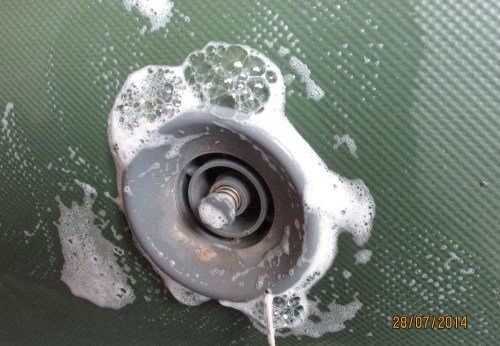
Important! It is not uncommon for the valve to leak air due to accumulation of dust / dirt. In this case, it is advisable to flush the mechanism, purge it and lubricate the valve spring with solid oil
Repair of oarlocks
To repair the oarlocks, you will need to prepare a construction hairdryer, as well as take care of the acquisition:
- new oarlocks;
- acetone;
- PVC boat glue;
- hardener Desmodur.

Repair of the bottom of a PVC boat
In cases where the fabric at the bottom of the boat begins to peel off from the base, or the seams begin to diverge, it is worthwhile to immediately start repairing the PVC boat. The first step is to take care of the acquisition:
- glue for PVC;
- activator for glue;
- PVC fabrics of suitable width;
- acetone;
- roller for rolling.
Having prepared the materials, the anglers apply a bandage and reinforce the partition, restoring the adhesive bond. The fabric is glued to the bottom surface, applying a small part to the partition. Then the inner and outer patches are made.
Note! If desired, the seam is hidden behind additional reinforcement.
https://youtu.be/krizPwiSqLE
Repair and strengthening of cylinder septum
When the balloon starts to hiss, the pressure drops and air moves from one air section to another. In this case, it is necessary to repair and strengthen the partition. Step by step process
- The compartment that needs repair is pumped up. The baffle should go forward and allow access to the etching site through the valve.
- The valve is unscrewed using the key that is included in the kit. The valve washer must remain inside the cylinder.
- 2 fingers are pushed into the valve and with the help of a pinch they get to the outer place of the septum.
- The problem area is covered with a liquid patch and glue is poured onto the joint.
- The joint is glued on top with PVC tape.
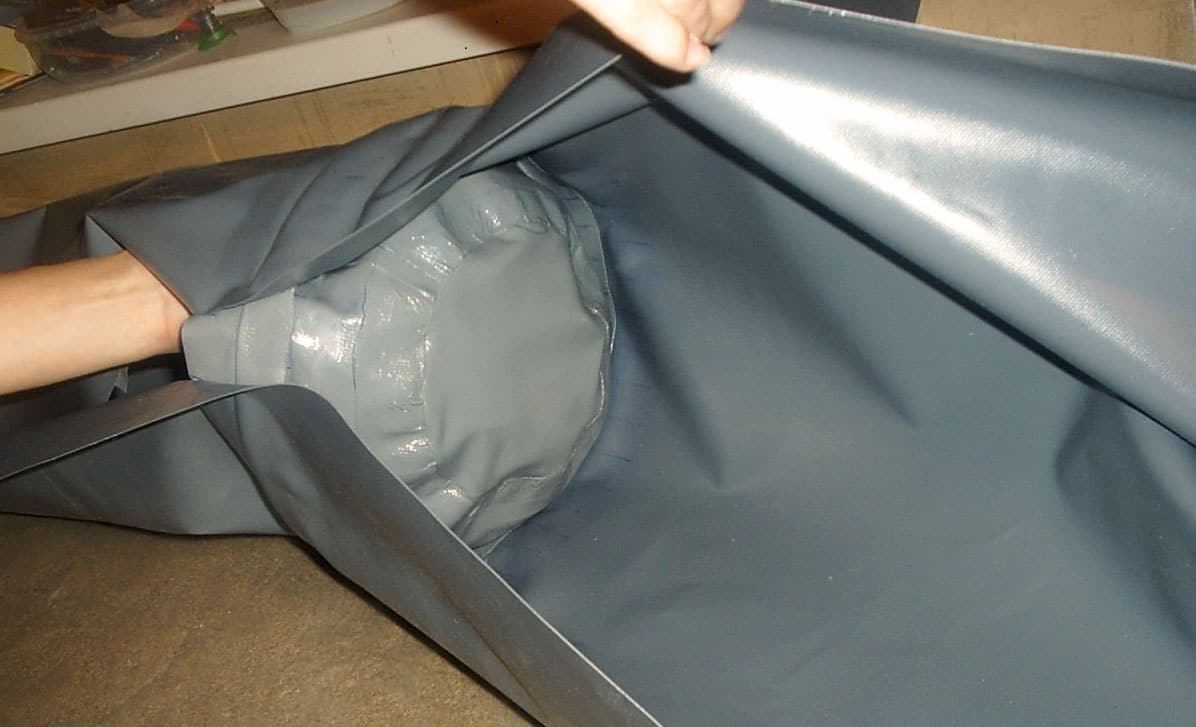
If a glue solution is used for repairs, it is worth rolling a glue ball out of it, which is subsequently tamped into the gap using an awl.
Slan repair
If the bottom of the floating craft is worn out, you can remove the profiles from the old segments, which will serve as a stencil for the manufacture of new structures. The profile is installed on new parts of the slate.
Transom repair
Water seeping into small crevices and cracks reaches the transom slab tree. The accumulated moisture causes the plywood construction elements to swell and peel off. Before proceeding with the repair of the transom, the anglers dismantle the old structure and clean the elements from the remnants of the old glue. If it is not possible to purchase a new transom, it is recommended to take care of thoroughly drying the existing one. After drying, the swollen and exfoliated parts are removed. A cloth moistened with acetone is used to clean the surface from dirt, preparing for leveling. It is better to replace old holders with new ones. The process of gluing the transom board is recommended to be carried out in a special chamber, the temperature in which reaches 80-100 ° C. Compliance with these conditions will allow the glue to evenly warm up and to glue the plywood elements well with the board holder.At the final stage, a layer of plywood waterproofing glue is applied.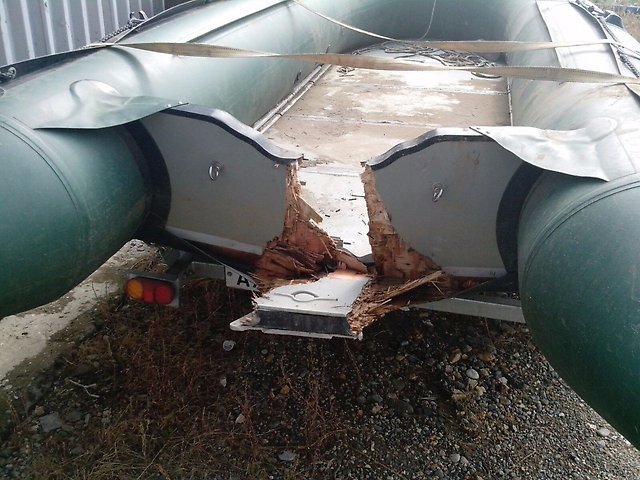
Advice! You can additionally screw the screws through the holder directly into the end of the plate
Repair of other units
During the operation of a PVC boat, it is often necessary to repair the keel, on which numerous cuts, punctures and abrasions of the fabric are found. In the process of repair, anglers:
- They are engaged in cleaning and drying the keel.
- After that, glue is introduced into the detected defects and a sizing tape is fixed from above.
- Clamp the area between a pair of bars.
At the final stage, the keel is dried with a construction hairdryer.
How to Reinforce PVC Boat Bottom
By strengthening the bottom of the boat, you can make the boat more stable and more manageable. There are many ways to strengthen the bottom, however, the booking method is considered the simplest and most reliable. Below you can see the step-by-step process of one-piece booking of the PVC boat bottom. Before starting work, you should worry in advance about purchasing a protective PVC tape (width 12 cm), scotch tape, patterns, glue, roller, surface degreasing agent (solvent, alcohol). Also, during the booking process, you will need a construction hairdryer.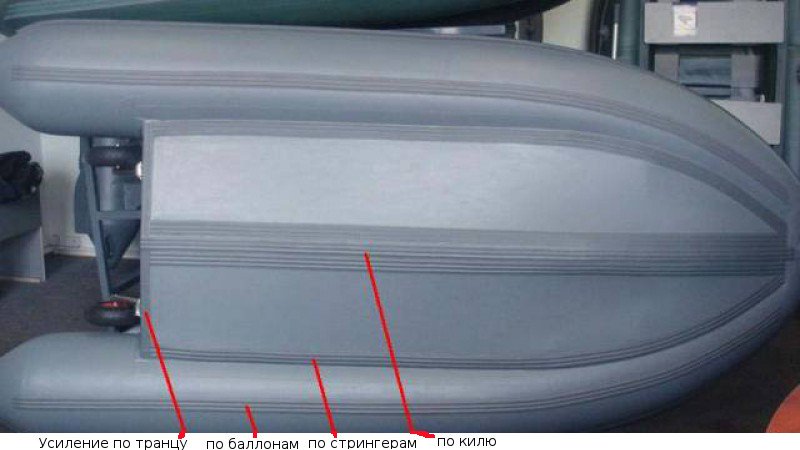
- The bottom of the boat is thoroughly cleaned of dirt.
- The bottom surface and the PVC tape are degreased.
- The tapes are applied to the bottom, determining the optimal position. If necessary, place marks directly on the fabric.
- The extreme parts of the bottom are covered with masking tape.
- 2 layers of glue are applied to the bottom of the boat. The second layer is spread 15 minutes after the first.
- After 20 minutes, the tapes are applied to the bottom and carefully placed over the surface.
- The material is heated and rolled tightly with a roller to the bottom.
- The remnants of the glue are removed with a cloth dipped in acetone.
It is important to be careful and take your time to ensure that the tape is correctly positioned on the surface.
Pump repair
The PVC boat pump often loses its airtightness. Due to the delamination of the fabric, air bubbles and cracks form on it. Below you can familiarize yourself with the process of repairing the membrane of a fur pump, which will help fishermen avoid mistakes that often occur during work. Step-by-step process
- The old membrane is disassembled and removed. An incision is made in a convenient place.
- A new membrane is cut out of PVC fabric, making a margin in length in the gluing area.
- Remove the PVC seal from the old membrane and glue it onto the new membrane.
- The membrane is glued. The gaps in the PVC seal are filled with small strips of linoleum.
A pump is installed on the body.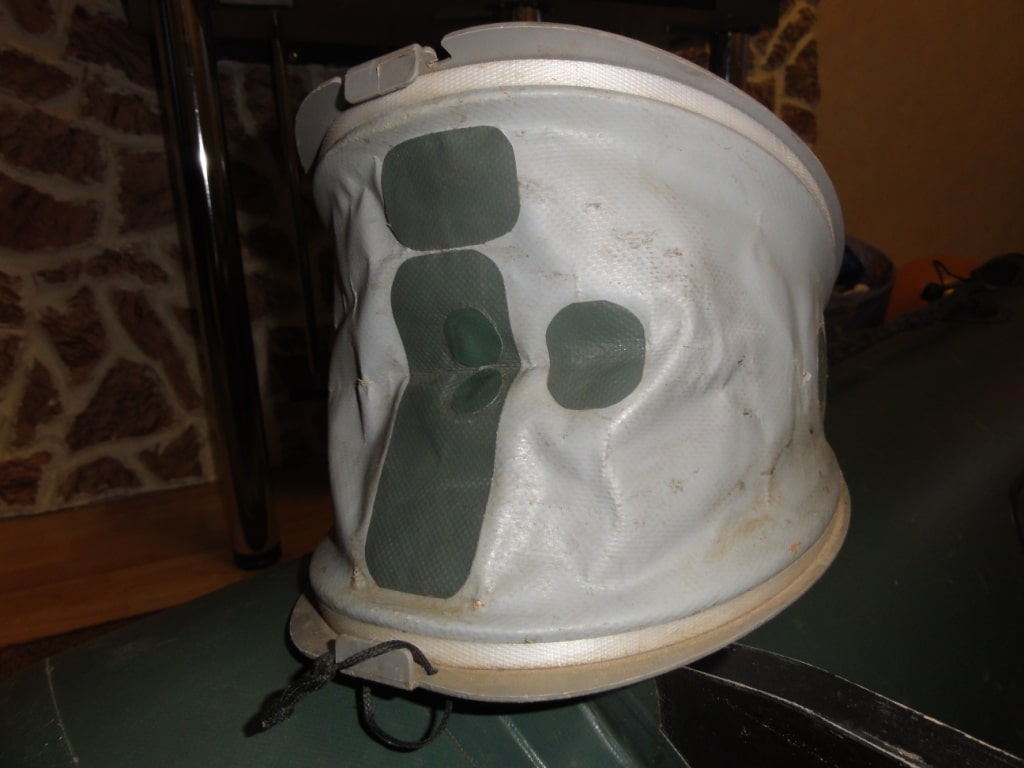
Prevention of breakdowns, breakdowns and scuffs
Correct use of a PVC boat allows you to extend the life of the craft and avoid breakdowns.
- It is important not to overdo it when inflating the craft. Against the background of excessive pressure in the cylinders, ruptures occur along the seam or in the area where the valve is installed.
- After washing, the craft must be well dried.
- When fishing on the boat, you must not smoke, so that the cigarette butt does not accidentally leave a burn.
- Do not take sharp objects with you on the boat.
- The craft must not be overloaded or dragged on a hard surface.
It is also recommended to avoid overheating the boat in the sun and fishing in too tight areas of the reservoir.
Is it possible to make repairs on the shore
If you find a cut / hole on your boat while fishing, don’t panic. Each angler can independently solve the problem, having at hand an ordinary repair kit, which contains patches and glue.
- The surface of the boat is cleaned of silt and sand, dried and degreased with alcohol / acetone.
- The glue is applied to the inside of the cut from both sides and kept for about 10 seconds.
- The patch is firmly pressed to the surface of the watercraft.
On the pond there is no way to warm up the joint with a hairdryer, however, you can put a metal cup with hot tea on the patch or press down the patch with a metal spoon, which has been kept in boiling water for a while. PVC boat repair in the field – we glue the boat with a liquid patch: https://youtu.be/OQUD7PyWV9U
Forum on the topic
PVC boat repair is a frequent topic on the forums. Below you can find a discussion of issues related to repair work.
Question: How should you degrease the boat surface before gluing the patch?
Mikhail: After the area of the hole is washed, you need to wipe it with acetone. The main thing is not to overdo it, as acetone wears off the coating.
Grigory: If there is no acetone, you can use alcohol or even gasoline.
Question :
Recently I sealed a cut on a boat with a patch. Today while fishing, the cylinders got very hot in the sun, the pressure stretched the surface and the glue. Moment the station wagon began to creep, and the patch began to peel off at the edges. What to do? How to remove old glue from a pvc boat: https://youtu.be/CdV-IgALEIY
Dima: Re-glue the patch with Radical glue.
Victor: I use the Urals and Desmakol.
Maxim: Buy Clayburgh.
Question: What gluing methods exist to help eliminate PVC boat holes?
Vladislav
: Cold and hot method. Using the first method, cover the surface with an adhesive base 2 times. The interval between coats of adhesive is 10 minutes. Then the glue is distributed on a patch, which is applied to the puncture site and rolled with something heavy. Using the hot method, the glue that was applied to the craft is heated with a construction hairdryer.
Arkhip: The hot method allows you to achieve stronger adhesion.
With proper operation, the PVC boat will serve its owner for many years. If during fishing there was a breakdown or a cut was found on the boat, do not despair. With a little effort and time, you can repair the damage yourself. The most important thing is to adhere to the advice of experts, strictly following the step-by-step guide. This will make it possible to avoid mistakes.
